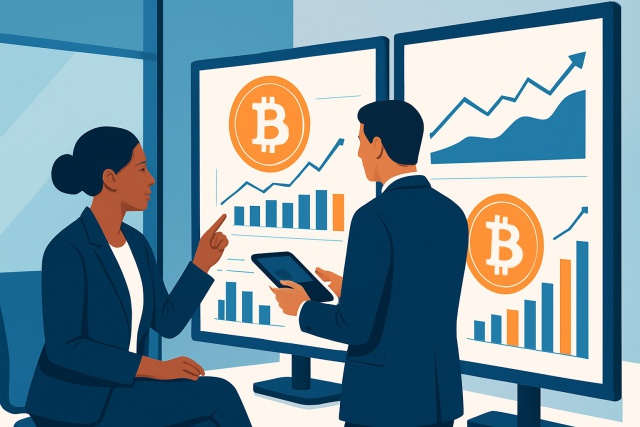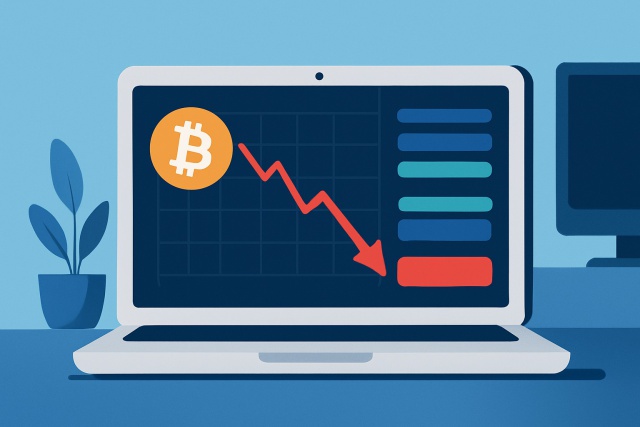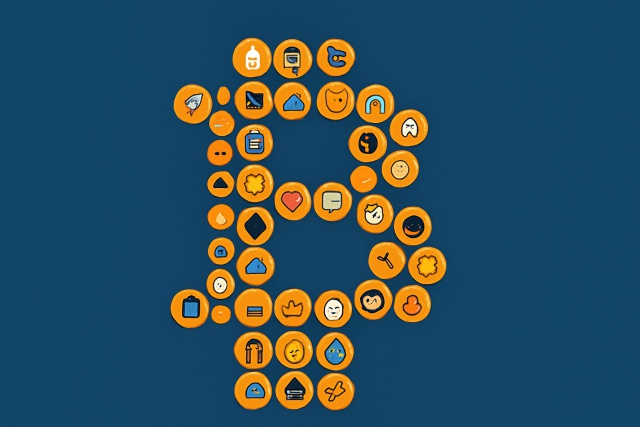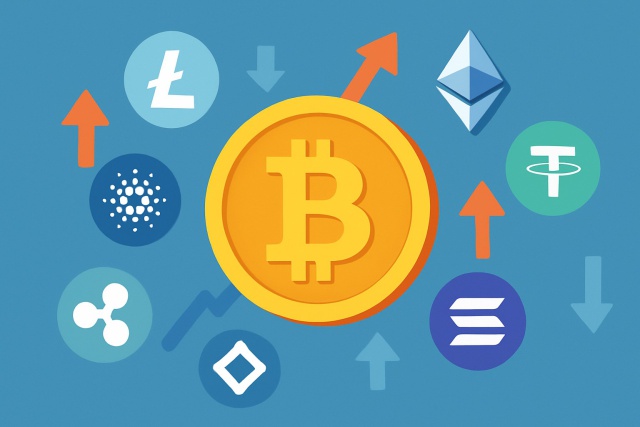How to Buy Bitcoin as a First-Time Investor

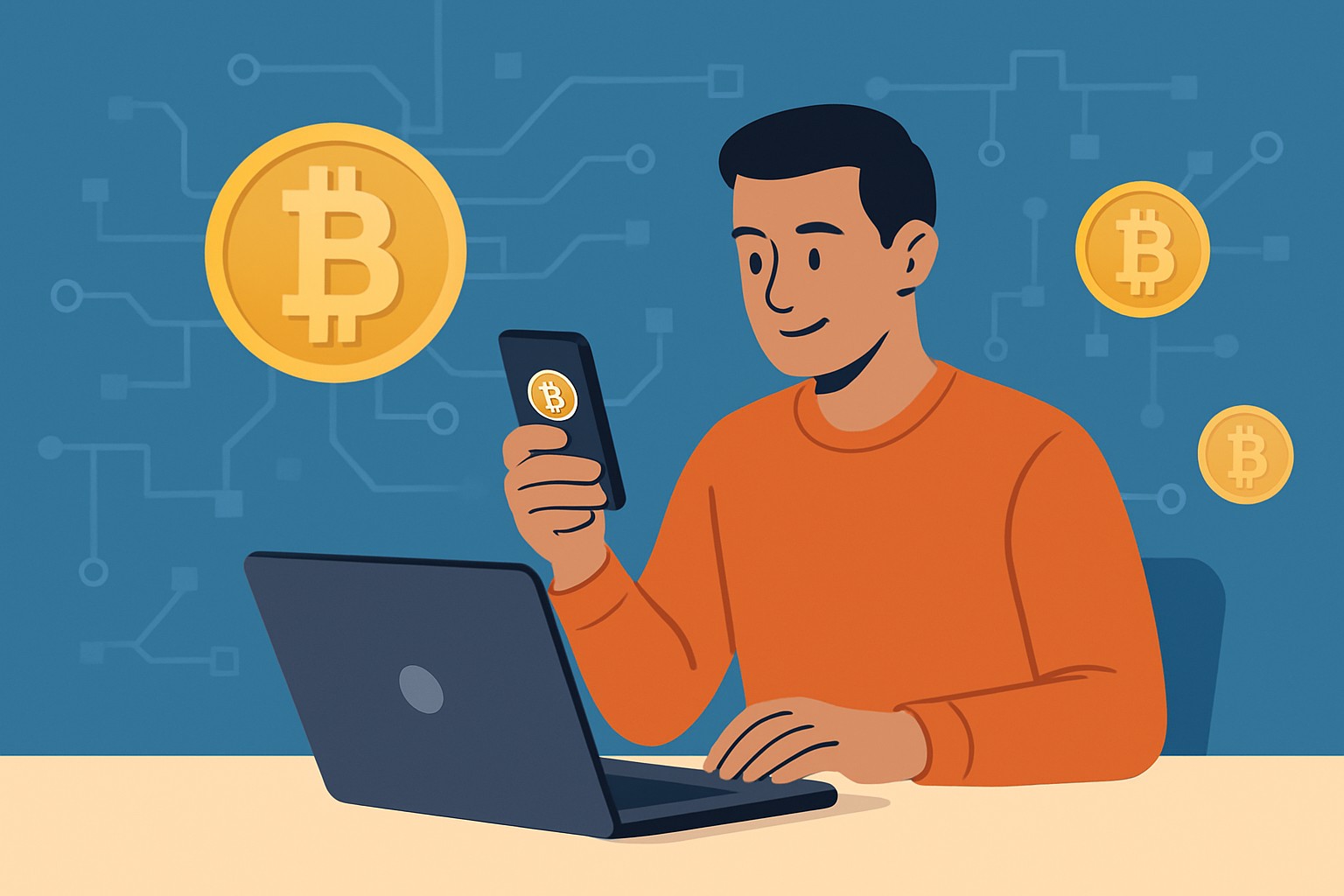
This guide walks new investors through every step of buying Bitcoin safely from the first setup to securely tucking it away so you can breathe easier.
- Get a solid grip on how Bitcoin works including the basics of blockchain and some tried and true tips to keep your wallet locked tight before you dive in.
- Take a look at the best Bitcoin wallets and exchanges for newcomers that strike a balance between solid security and user-friendly design.
- Follow a straightforward step-by-step walkthrough for buying Bitcoin safely on exchanges using fiat currency so you don’t have to guess along the way.
- Learn how to keep your investment under your own roof by storing Bitcoin in personal wallets and picking up pointers on steering clear of usual scams.
Bitcoin is a groundbreaking digital currency that’s been pulling in plenty of new investors, and for good reason. Before diving headfirst into this often unpredictable market, it’s really important to get a handle on how to buy Bitcoin safely.
Getting to Know Bitcoin Basics Before You Dive In
Bitcoin is really worth taking a moment to wrap your head around what it actually is. Bitcoin is a kind of cryptocurrency that leans heavily on blockchain technology to keep things locked down tight. People store and manage their Bitcoin using digital wallets paired with private keys—think of them as your own high-tech piggy bank and secret password rolled into one.
- Cryptocurrency is digital money protected by clever cryptography. It allows people to send funds directly to each other without any middlemen.
- Blockchain works as a decentralized ledger that keeps an easy-to-follow and unchangeable record of every Bitcoin transaction ever made. It is like a permanent receipt you cannot lose.
- Bitcoin wallets are where you keep your digital coins. They come in many forms—software, hardware, mobile and web wallets—so there is an option for every kind of user.
- Private keys are your super-secret codes that give you full control over your Bitcoin. If you lose them, you could say goodbye to your funds because they are gone for good.
- Bitcoin prices tend to be a rollercoaster ride with plenty of ups and downs. Investing carries risks and definitely calls for a cautious approach.
Step 1 Picking the Right Bitcoin Wallet Because Not All Wallets Are Created Equal
A Bitcoin wallet is your go-to tool for safely storing and managing your cryptocurrency. These wallets come in all shapes and sizes from hardware gadgets to software programs, mobile apps and web platforms.
| Wallet Type | Description | Security Level | Ease of Use | Best For |
|---|---|---|---|---|
| Hardware | A physical gadget that keeps your keys offline and out of reach from prying eyes | Very High | Moderate | Seasoned pros and those wanting to stash funds for the long haul |
| Software | Desktop or mobile apps that connect to the internet and make managing crypto a breeze | Moderate | Easy to use | Newbies and anyone handling everyday transactions |
| Mobile | Wallet apps perched on your smartphone, perfect for grabbing quick access while on the move | Moderate | Very easy | People constantly on the go who need their crypto handy in a jiffy |
| Web | Online wallets you log into through your browser, super convenient but with some security trade-offs | Low to Moderate | Very easy | Beginners who value convenience and don’t mind a bit of risk |
When you set up your wallet make sure to back up your seed phrase somewhere safe. This string of 12 to 24 words is your golden ticket to accessing your funds. Lose it and you’re asking for trouble. Always keep your private keys offline and tucked away like precious family secrets. Under no circumstances should you share them with anyone.
Step 2 Picking the Right Bitcoin Exchange or Platform Because Not All Are Created Equal
A cryptocurrency exchange is basically an online platform where you can buy and sell Bitcoin using regular currencies like USD or EUR. For many individuals just dipping their toes into crypto, exchanges are the go-to choice because they’re straightforward and usually offer good liquidity. Some popular names for beginners are Coinbase, Binance, and Kraken. They have earned their stripes with user-friendly interfaces and solid security.
- How well your funds are protected boils down to the security measures and cold storage practices they use. These are the unsung heroes behind the scenes.
- Fee structures vary quite a bit. It pays to shop around and compare transaction, withdrawal and deposit fees before diving in.
- The payment methods offered such as bank transfers, credit cards or PayPal tip the scales for convenience and ease of use.
- Platforms with user-friendly interfaces make the buying experience a breeze, especially if you’re just getting your feet wet.
- A platform’s reputation and licensing are huge red or green flags showing if it plays by the rules and stays transparent.
- Responsive customer support is a lifesaver, helping you tackle hiccups or burning questions quickly when they pop up.
Besides exchanges you might want to take a look at peer-to-peer platforms like LocalBitcoins that connect buyers and sellers directly like arranging a deal over coffee. These options offer more privacy and a variety of payment methods but usually carry a higher risk. Then there are Bitcoin ATMs that let you buy on the spot with cash. Just keep in mind they often charge steeper fees.
Step 3 Setting Up and Confirming Your Exchange Account
Head over to the website of the exchange you want to use and look for the sign-up or create account button.
Enter your email address and choose a strong password that goes beyond 'password123.' Make sure to tick the box agreeing to the terms of service.
Upload identification documents like a government-issued ID to complete the Know Your Customer (KYC) process. It can be a bit of a hassle but it is worth it for peace of mind.
Enable two-factor authentication (2FA) to include another level of security to your account. Think of it as the digital version of double-locking your front door.
Verification is usually a must on most exchanges to comply with government regulations and anti-money laundering laws. Getting through the KYC process not only bumps up your security but often unlocks higher purchase limits and some neat extra features.
Step 4 Buying Bitcoin on an Exchange
Alright, now we’re getting to the juicy part—actually buying Bitcoin on an exchange. It’s like stepping into a bustling marketplace, but digital and way less chaotic. Let’s break it down, so you don’t feel like you’re fumbling in the dark.
Add some fiat cash like USD or EUR to your exchange account.
Head over to the market section and hunt down the Bitcoin (BTC) trading pair that catches your eye.
Decide if you want to go for a quick buy with a market order at the current price or play it cooler with a limit order. Set the price you’re willing to pay and wait for the right moment.
Take a good look over your order details and once you’re happy everything’s spot on, confirm to seal the deal.
Don’t forget to send your shiny new Bitcoin over to your personal wallet. Just pop in your wallet address and you’re good to go.
Bitcoin transactions are like writing in stone—there's no hitting undo. It is vital to double-check the wallet address before sending any funds. Start with small amounts to get a feel for the platform and those sneaky fees that can catch you off guard. Avoid rushing into things, especially when the market’s throwing a fit because that’s a sure way to end up with a pricey oops.

Step 5 How to Store and Protect Your Bitcoin Safely (Because Losing It Would Be a Real Headache)
When you are holding Bitcoin for the long haul it’s usually smarter to transfer it from an exchange to your own wallet. This way you’re the one holding the keys literally. Exchanges can be vulnerable to hacks or outages so by using a personal wallet you’re keeping your assets safe offline or in software you trust.
- Hardware wallets like Ledger or Trezor usually offer tougher protection because they keep your keys offline and away from prying eyes.
- Be sure to back up your seed phrases carefully on paper and keep them in a few safe places. Avoid digital copies where hackers love to lurk.
- Never share your private keys or seed phrases with anyone no matter how convincing they sound.
- Also, remember to keep your software wallets updated. This simple step is important for patching security holes and staying one step ahead of potential threats.
Helpful Tips for Those Taking the Plunge into Bitcoin Investing for the First Time
Invest thoughtfully by only putting in money you can comfortably afford to lose, especially considering just how wildly Bitcoin's value can swing. Watch out for scams and phishing attempts that promise guaranteed profits—if it sounds too good to be true, it probably is. It’s a smart move to spread your investments around to help manage risk.
- Take a little extra time to really dig into Bitcoin and the platforms you’re interested in before making any buys. It’s always better to be safe than sorry.
- Keep your wits about you and watch out for phishing scams by double-checking website URLs and avoiding anything that seems suspicious.
- Pick strong, unique passwords and always enable two-factor authentication to secure your accounts like Fort Knox.
- Make it a habit to follow Bitcoin market trends regularly because staying informed can protect you from unpleasant surprises.
- Consider trying dollar-cost averaging by buying small amounts regularly. This approach helps you manage wild price swings without stress.
Start Your Crypto Journey with Coinbase Today
Ready to enter the cryptocurrency market but unsure where to begin? Coinbase makes buying, selling, and storing digital assets simple and secure for beginners and experts alike.




